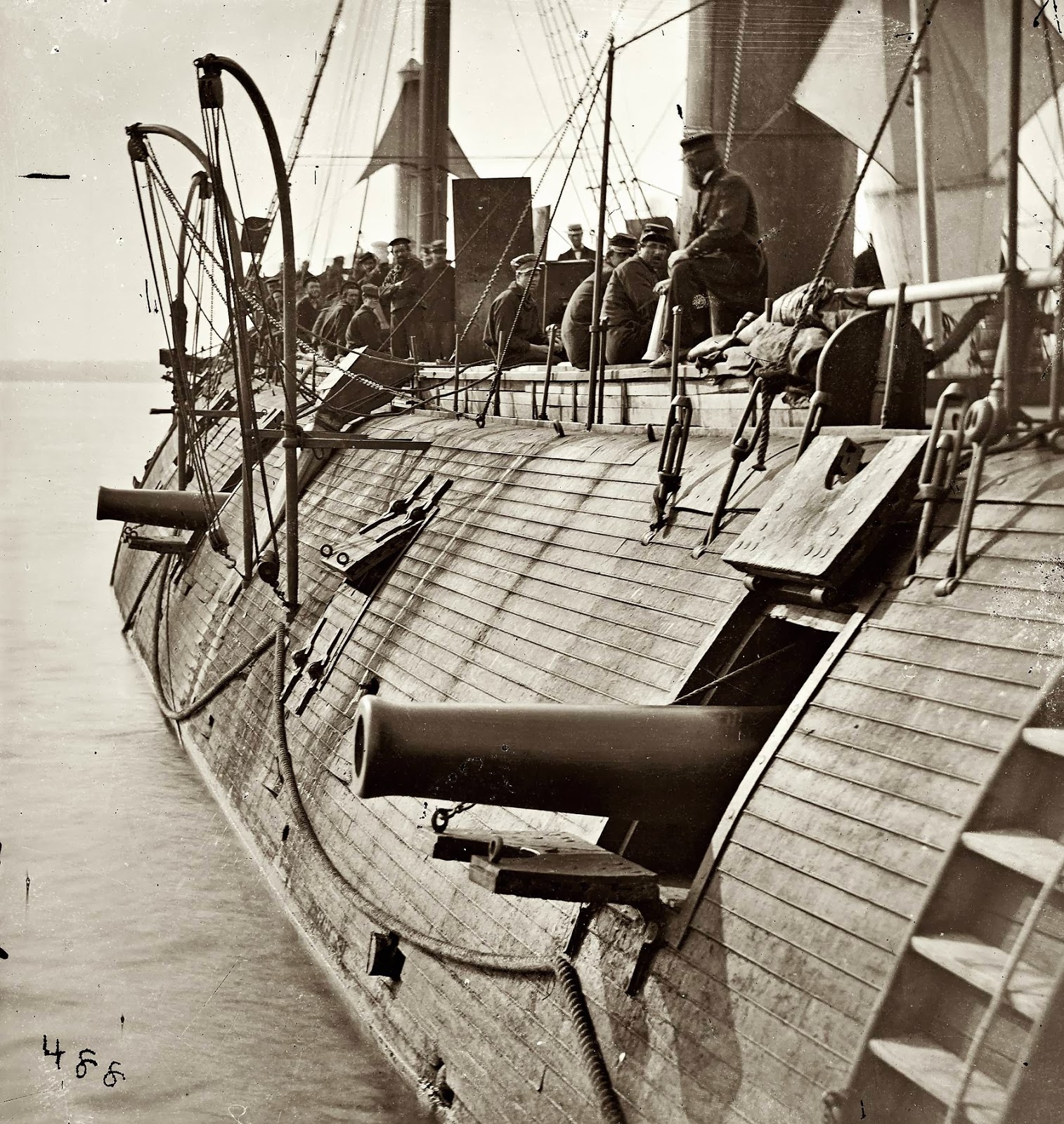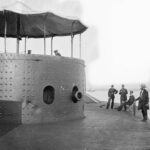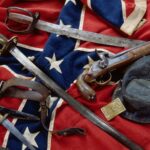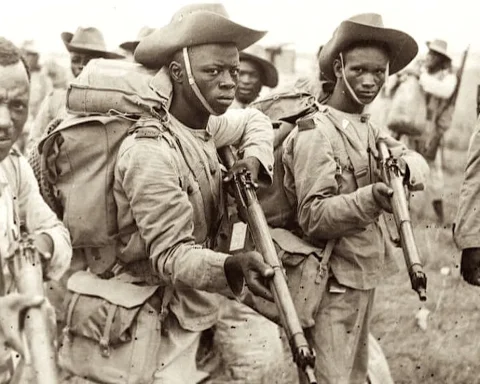
The wooden broadside Ironclad was constructed during the American Civil War for the United States Navy. It was named the USS Galena.
At first, the ship was moved to the North Atlantic Blockading Squadron, where it was vital to the Union forces during the Peninsula Campaign in 1862.
On 15 May, Galena sailed her squadron to Drewry’s Bluff, about 8 miles from Richmond. Here the Confederates had placed hindering obstacles at the river and set a battery on the 90-foot scheme to cover the barrier. However, the Galena took on the Confederate position for more than three hours till she ran out of ammunition. Notwithstanding, she was able to take down seven and injure eight members of the assault.
The Galena suffered heavy blows and was wrecked during the Battle of Drewry’s Bluff.
She suffered criticism and was returned to be worked on. The Galena was then repaired in 1863; however, this time, she lacked most of her armour, and in 1864, she was moved to the West Gulf Blockading Squadron. Here, she got involved in the Battle of Mobile Bay and successive besiegement of Fort Morgan before she was conveyed to the East Gulf Blockading Squadron.
During September, she was then transported to Philadelphia, Pennsylvania, to be restored to perfect condition in November. The repairs were completed in March 1865, and Galena returned to the North Atlantic Blockading Squadron in Hampton Roads in the coming month.
As the war ended, the Galena was made inactive at Portsmouth, New Hampshire, in June. In 1869, She was then moved to Hampton Roads and was dilapidated in 1870 and broken for scrap in 1872 at the Norfolk Navy Yard.
The Galena was only a trial among 3 Ironclads accepted to be constructed by the Ironclad Board at the beginning stages of the Civil war. Left with the construction of an additional two, the Galena’s armouring plate was taken off material to be used to construct other ships.
With everything in place to construct the additional Ironclad ships, the monitor was well-worked o; the guns were also more equipped and better enhanced without the exception of the armoury. The firepower consisted of two 9’inches Dahlgren guns, with each nine-inch gun weighing exactly 9,000 pounds (4,100 kg); they could fire a 70–90-pound (31.8–40.8 kg) shell to a range of 3,450 yards (3,150 m).
RELATED: The History And Four Major Causes Of The American Civil War







